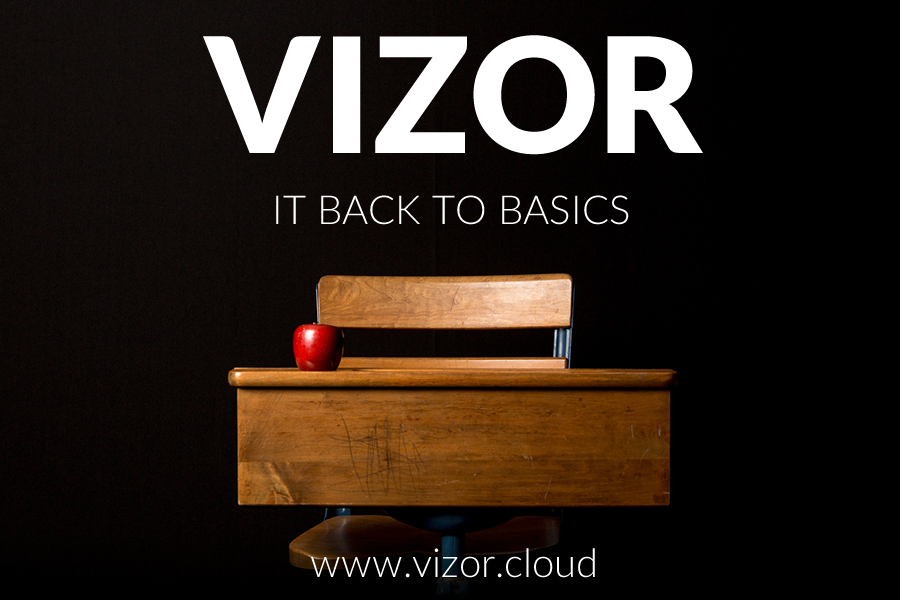Is application virtualization a substitute for proper planning?
Since my company was appointed as an integration partner for Endeavors Technologies Inc, for their AppExpress and Application Jukebox application streaming software, we have been engaging on the topic with our customers and new prospects in our broad mid-range market of organizations with between 250 and 25,000 desk- and laptops.
Many CIOs and CTOs can see the centralized management benefits of application streaming. Streaming on-demand sounds a great way of eliminating the nightmare of installed applications that are never used. And it sounds like a great approach to the provision of occasionally used, and expensive applications. But they have an uneasy feeling that they are being driven into new application provisioning technology, at least in part, because they simply don’t know how many copies they really need of each of the applications they have to supply to their user community.
But the organization still needs to specify how many licenses are required, and that in turn is dependent on two crucial pieces of information –
1) the degree to which licenses are going to be dynamically re-assigned, and
2) the pattern of use – how often the application is needed, by who, and for how long.
1) In considering the policy on dynamic re-allocation – the lowest number of licenses is required if the organization takes a pure concurrent use approach to providing the application. The second someone closes an application instance, it is disabled on that desktop and the license returned to the pool. Now that may not be acceptable to the application provider, and the organization will need to assess, on an application by application basis, how frequently the End User License Agreemet allows them retrieve and re-allocate licenses. But that’s quite do-able, and many vendors are recognising that flexibility on this is in their own long term interest. So a catalog is built up, listing applications A, B and C as allowed to be re-assigned hourly, D, E and F as OK to be re-assigned every day, and the rest only re-assigned on a weekly basis.
2) Understanding the pattern of use is a greater challenge technically, and relies on the deployment of accurate application usage monitoring into the existing environment. Simple capture of application start and close events is not good enough, as it can easily mask the true pattern of use. Recording the periods when the application is in focus provides a far richer picture, which rolls up into a much more certain assessment of the organization’s need for licenses for the application.
So – does application streaming make planning easier? Streaming is sophisticated, powerful and flexible. The conclusion that organizations reach is that a move toward application streaming actually calls for a richer understanding of their situation than ever before. Without that richer understanding, they cannot make optimum use of the great flexibility that streaming provides.
Vector sees that richer understanding as a key deliverable from adopting a holistic approach to software provisioning, through a best practice process of Software Asset Optimization, which we’ll examine in a later post.





